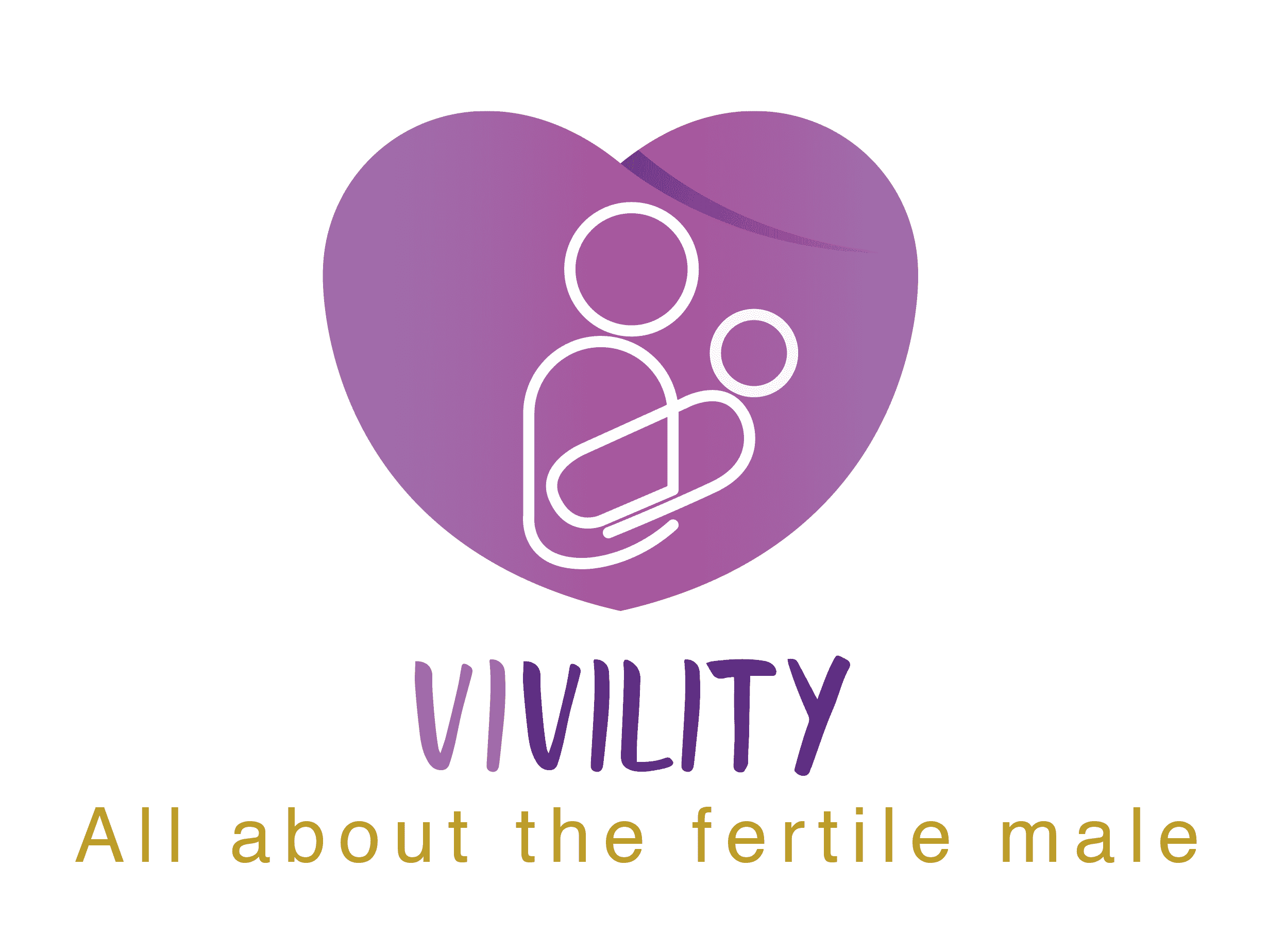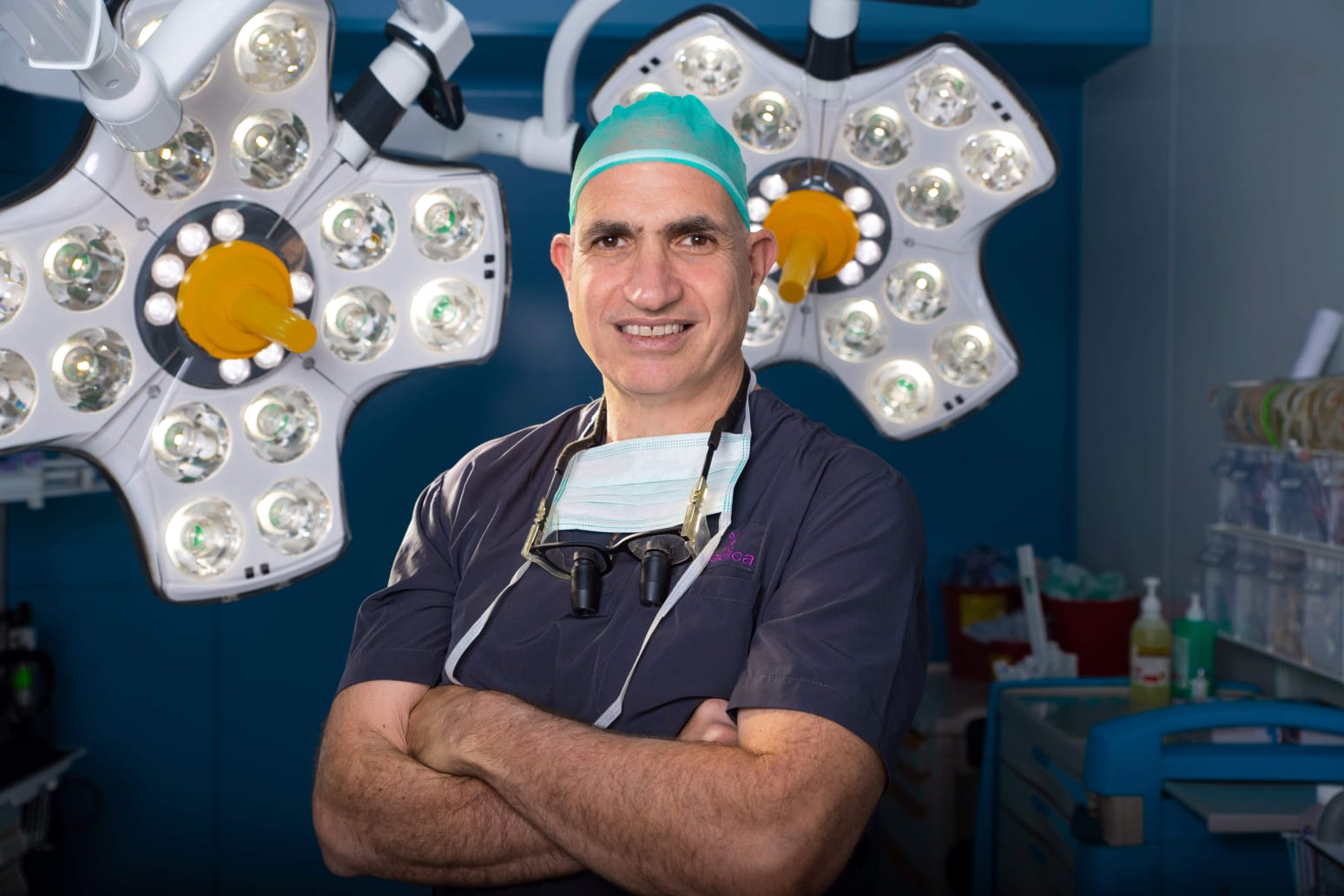Struggling to conceive and hearing the word azoospermia in your test results? Don’t panic—you’re not alone, and there are options. Azoospermia is a medical condition where a man’s semen contains no sperm, making natural conception difficult without treatment. While it might sound serious, understanding the cause is the first step toward finding a solution.
From blockages in the reproductive tract to hormone imbalances or genetic factors, there are several reasons azoospermia can occur, and many are treatable. In this article, we’ll break down the causes, symptoms, and treatment options to help you take control of your fertility journey with clarity and confidence.
What is Azoospermia?
Azoospermia is defined as the complete lack of sperm in a man’s semen. This condition is diagnosed through a semen analysis, which is a standard test for evaluating male fertility. Azoospermia can be either obstructive or non-obstructive, depending on the underlying cause.
- Complete absence of sperm in semen
- Diagnosed through semen analysis
- Can be obstructive or non-obstructive
Types of Azoospermia
There are two main types of azoospermia: obstructive and non-obstructive. Obstructive azoospermia occurs when there is a blockage in the male reproductive tract, preventing sperm from being present in the ejaculate. Non-obstructive azoospermia, on the other hand, is due to a problem with sperm production in the testicles.
- Obstructive Azoospermia : Blockage in the reproductive tract
- Non-Obstructive Azoospermia : Issues with sperm production
Prevalence and Statistics
Azoospermia affects approximately 1% of the male population and is responsible for 10-15% of male infertility cases. Understanding the prevalence of this condition helps in recognizing its impact on couples facing fertility challenges.
- Affects 1% of men
- Accounts for 10-15% of male infertility cases
Symptoms and Causes of Azoospermia
Common Symptoms
Azoospermia itself often presents no obvious symptoms. However, underlying conditions causing azoospermia may lead to symptoms such as hormonal imbalances, erectile dysfunction, or testicular pain.
- No direct symptoms
- Possible hormonal imbalances
- Erectile dysfunction or testicular pain
Obstructive Azoospermia Causes
Obstructive azoospermia is typically caused by blockages in the reproductive tract. These blockages can result from infections, surgeries, or congenital abnormalities.
- Infections or surgeries
- Congenital abnormalities
- Blockages in the reproductive tract
Non-Obstructive Azoospermia Causes
Non-obstructive azoospermia is often due to genetic factors, hormonal imbalances, or damage to the testicles. Conditions such as Klinefelter syndrome or exposure to certain toxins can also contribute.
- Genetic factors
- Hormonal imbalances
- Testicular damage or exposure to toxins
Genetic Factors
Genetic factors play a significant role in non-obstructive azoospermia. Chromosomal abnormalities or specific gene mutations can impair sperm production, leading to this condition.
- Chromosomal abnormalities
- Gene mutations affecting sperm production
Diagnosing Azoospermia
Semen Analysis
A semen analysis is the first step in diagnosing azoospermia. This test evaluates the presence and concentration of sperm in the ejaculate, confirming the absence of sperm.
- Evaluates sperm presence
- Confirms absence of sperm in ejaculate
Hormone Tests
Hormone tests are conducted to assess the levels of hormones that regulate sperm production. Abnormal hormone levels can indicate issues with the testicles or pituitary gland.
- Assess hormone levels
- Indicate testicular or pituitary issues
Genetic Testing
Genetic testing helps identify chromosomal abnormalities or gene mutations that may cause azoospermia. This information is crucial for understanding the underlying cause and potential treatment options.
- Identifies chromosomal abnormalities
- Crucial for understanding underlying causes
Imaging Studies
Imaging studies, such as ultrasounds, are used to examine the reproductive organs for structural abnormalities or blockages. These studies provide a visual assessment of the reproductive tract.
- Examine reproductive organs
- Identify structural abnormalities or blockages
Treatment Options for Azoospermia
Obstructive Azoospermia Treatments
Treatment for obstructive azoospermia often involves surgical procedures to remove blockages or repair the reproductive tract. These procedures can restore the flow of sperm into the ejaculate.
- Surgical procedures to remove blockages
- Restore sperm flow into ejaculate
Non-Obstructive Azoospermia Treatments
Non-obstructive azoospermia treatments focus on stimulating sperm production through medication or hormone therapy. In some cases, surgical sperm retrieval may be necessary.
- Medication or hormone therapy
- Surgical sperm retrieval if necessary
Assisted Reproductive Technologies
Assisted reproductive technologies (ART) such as in vitro fertilization (IVF) or intracytoplasmic sperm injection (ICSI) can be used to achieve pregnancy. These techniques often involve retrieving sperm directly from the testicles.
- IVF or ICSI for pregnancy
- Sperm retrieval from testicles
Living with Azoospermia
Emotional Impact
Living with azoospermia can have a significant emotional impact on individuals and couples. Feelings of frustration, anxiety, and depression are common, highlighting the importance of emotional support.
- Frustration and anxiety
- Importance of emotional support
Lifestyle Changes
Adopting healthy lifestyle changes can improve overall well-being and potentially enhance fertility. This includes maintaining a balanced diet, regular exercise, and avoiding harmful substances.
- Balanced diet and regular exercise
- Avoid harmful substances
Support Systems
Building a strong support system is crucial for those living with azoospermia. This can include counseling, support groups, and open communication with partners and healthcare providers.
- Counseling and support groups
- Open communication with partners
Prevention and Management
Lifestyle Factors
Certain lifestyle factors can influence the risk of developing azoospermia. Avoiding smoking, excessive alcohol consumption, and exposure to environmental toxins can help reduce this risk.
- Avoid smoking and excessive alcohol
- Reduce exposure to environmental toxins
Regular Check-ups
Regular medical check-ups can help detect potential issues early, allowing for timely intervention and management of azoospermia.
- Early detection of potential issues
- Timely intervention and management
Early Intervention
Early intervention is key in managing azoospermia effectively. Seeking medical advice at the first sign of fertility issues can improve the chances of successful treatment.
- Seek medical advice early
- Improve chances of successful treatment
Azoospermia and Fertility Options
Natural Conception Possibilities
While natural conception may be challenging for those with azoospermia, it is not impossible. In some cases, treating the underlying cause can restore fertility.
- Challenging but possible
- Treating underlying cause may restore fertility
IVF and ICSI
IVF and ICSI are advanced fertility treatments that offer hope for couples affected by azoospermia. These techniques involve fertilizing an egg with sperm outside the body.
- Advanced fertility treatments
- Fertilization outside the body
Sperm Retrieval Techniques
Sperm retrieval techniques, such as testicular sperm extraction (TESE), are used to obtain sperm directly from the testicles. These techniques are often combined with ART for successful conception.
- Testicular sperm extraction (TESE)
- Combined with ART for conception
Final Thoughts
Understanding azoospermia is crucial for those affected by this condition. With advancements in medical technology and treatment options, many men with azoospermia can still achieve their dream of fatherhood. It is important to seek professional medical advice and explore all available options.
Frequently Asked Questions
Can I get pregnant naturally if my husband has azoospermia?
Natural pregnancy is challenging if your husband has azoospermia, but not impossible. Treatment of the underlying cause may restore fertility, allowing for natural conception. Consulting with a fertility specialist is recommended to explore all options.
Is IVF the only option if my partner has azoospermia?
IVF is a common option for couples dealing with azoospermia, but not the only one. Depending on the type and cause of azoospermia, other treatments or assisted reproductive technologies may be viable. A fertility expert can provide guidance on the best approach.
How is azoospermia diagnosed?
Azoospermia is diagnosed through a semen analysis, which confirms the absence of sperm in the ejaculate. Additional tests, such as hormone assessments and genetic testing, may be conducted to determine the underlying cause. These tests help in formulating an effective treatment plan.
What is the outlook for those with azoospermia?
The outlook for individuals with azoospermia varies based on the underlying cause and treatment options. Many men can achieve fatherhood through medical interventions and assisted reproductive technologies. Early diagnosis and treatment improve the chances of a positive outcome.
How can azoospermia be prevented?
Preventing azoospermia involves maintaining a healthy lifestyle and avoiding risk factors. Regular medical check-ups and early intervention can help manage potential issues. While not all cases are preventable, these steps can reduce the risk.


